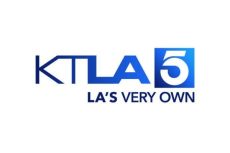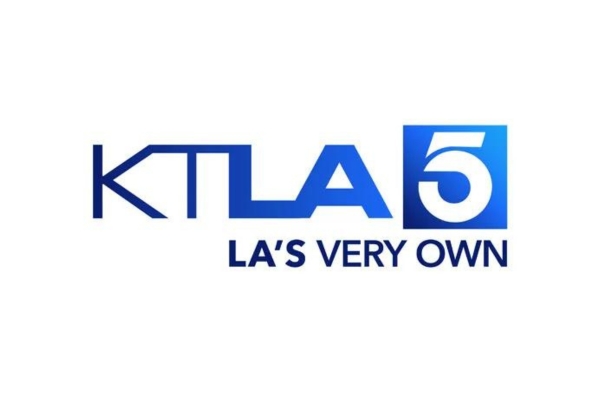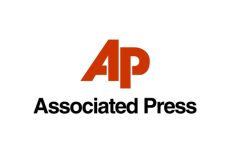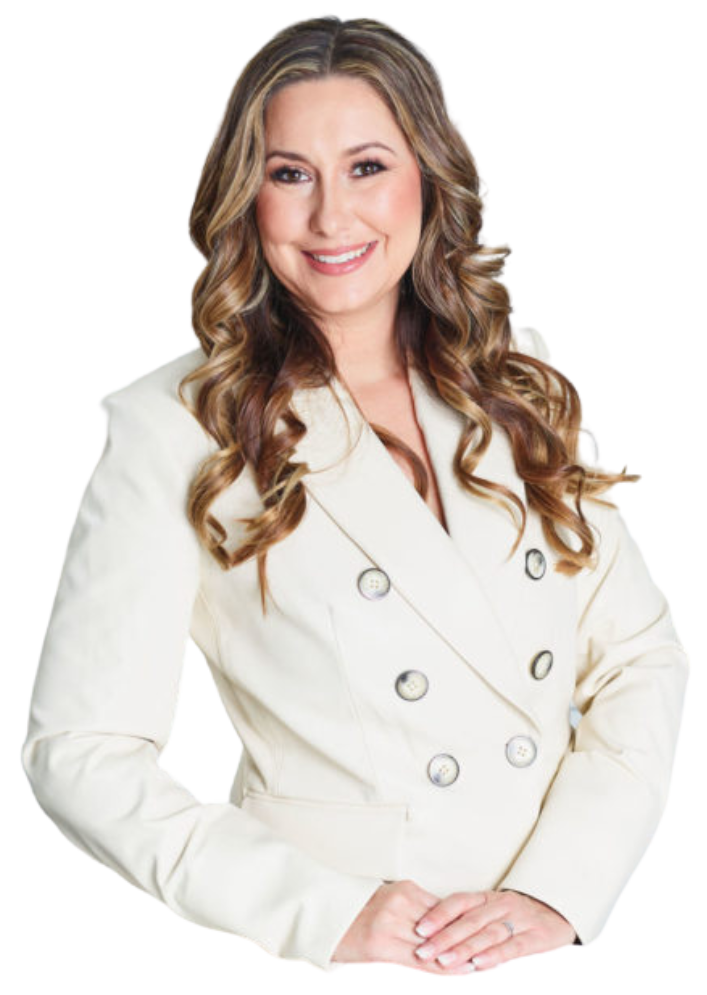At any stage of life, having an emergency fund in place can offer peace of mind and the resources you may need in the event of a sudden, unexpected event. An emergency fund is essentially cash you have saved that would cover a minimum of three to six months of living expenses. As interest rates continue to soar, many people are realizing that simply keeping their cash in a checking account or a regular savings account doesn’t make dollars or sense. Many alternative options are available, which allow individuals to grow the cash they have saved for a rainy day.
Here are seven ways to build your emergency funds and boost your short-term savings, considering the opportunities and outlining some of the potential risks of each.
- Establish clear goals for your emergency funds. Determine the amount of money you need to cover expenses each month in the event of an unforeseen event and multiply that by how many months you would like to save for. Planning for a minimum of three to six months is a great baseline. However, each person’s unique situation may require more or less.
- Build a routine for your savings plan. Part of being able to save is about having the right plan in place. If you aren’t sure where to start, consider starting with a small amount, for example, $25, that you will add to each month’s overtime with a predetermined set amount. To create a habit. Then, you can systemically increase this amount over time as you become more comfortable putting the money aside monthly. Make this part of your normal routine.
- Find ways to automate your savings plan. Many types of accounts include a feature that allows you to save a set amount per month automatically. By setting aside a fixed monthly amount, you already have the amount built into your budget, and the automation tool allows it to happen seamlessly. For the people who want to set it and forget it, this is one way to build savings over time. Some banks will even offer incentives or rewards for money transfers into savings accounts.
- Consider where you are going to invest the money you plan to save. Maybe your bank is FDIC-insured, but their interest rates on savings accounts are extremely low. If that is the case, consider looking into some alternative types of accounts that are both FDIC-insured and offer competitive interest rates.
- Looking for an account that you can invest in other than a traditional Bank account? Consider a Brokerage investment account. Not familiar with what a Brokerage account is. Get familiar with Brokerage Accounts: According to Investopedia*, “a Brokerage Account is defined as an investment account held at a licensed brokerage firm, where an investor deposits funds into their brokerage account and the brokerage firm transacts orders for investments such as stocks, bonds, mutual funds, and exchange-traded funds (ETFs) on their behalf.” These accounts may allow you to take advantage of additional short-term investments for growth. This type of account does have different risks, and when investing, it is not FDIC-insured. There is the market risk that, when the market fluctuates, can cause you to lose money on your investment. Understand that taking on some additional risk, knowing it’s not FDIC insured, is part of the opportunity for potential greater return than the traditional bank account that is FDIC-insured.
- Another cash alternative that is typically easily purchased and sold with minimal risk is a Money Market Account. “A Money Market Account is an interest-bearing account at a bank or credit union. Sometimes referred to as money market deposit accounts (MMDA), money market accounts have some features not found in other types of accounts. Most money market accounts pay a higher interest rate than regular Savings accounts, often including check-writing and debit card privileges.”** These accounts may come with ease of access and yield a healthy return. Investing in a money market account comes with some risks you should consider. For example, they are not FDIC-insured funds. So, if the underlying company has poor money management, it can also cause a risk of the investment going down, and you could lose value in the money market fund.
- Treasury Bills are another investment vehicle that may be worth considering. “A Treasury Bill we refer to as a (T-Bill) is a short-term U.S. government debt obligation backed by the Treasury Department with a maturity of one year or less. Treasury bills are usually sold in denominations of $1,000. However, some can reach a maximum denomination of $5 million in non-competitive bids. These securities are widely regarded as low-risk and secure investments.”*** Treasury bills may offer some tax advantages as well. You should also consider the underlying risks of investing in a T-Bill. For example, if you purchase a $1,000 T-Bill for one year at 5% and need to access the funds before the end of the year, you will be subject to the market value someone is willing to pay to purchase your T-Bill, which they hold until maturity. In this example, if the interest rates went up to 6% and your T-Bill was purchased at 5%, then if someone purchased it from you, they would want a discount on that in order to sell. So you might get less money than you put into it if you had to sell early and rates went up.
As an entrepreneur, mom, and wife, I have many people that count on me. One of my goals is to always be in a position where I am best prepared for those I care about in an emergency. Life is full of ebbs and flows, and unforeseen circumstances are a part of life’s journey. While we may not be able to control what happens to us, we can control how we prepare for the unknown and how we respond to the events that make up “life.”
Sources:
*: https://www.investopedia.com/terms/b/brokerageaccount.asp
**: https://www.investopedia.com/terms/m/moneymarketaccount.asp
***: https://www.investopedia.com/terms/t/treasurybill.asp
Disclosures: https://www.letitiaberbaum.com/legal-documentation/









